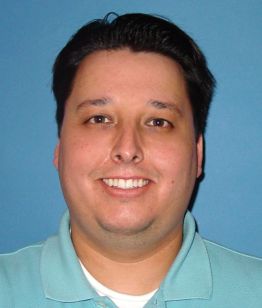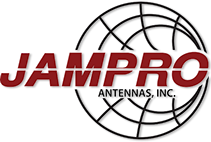The FCC today announced both the winners of the spectrum auction and the station winners of cash.
There are surprises
 Somehow it seems just wrong to have such classic stations as WNBC-TV New York go dark, taking their $214-million auction winnings with them. Just so you don’t get too teary-eyed, they will be able to channel share with their superior signal from Comcast O&O sister WNJU. Comcast stations in Chicago and Philadelphia will also shut down and multiplex with their NBC sister stations. For more information, see the FCC, Broadcasting & Cable and TV Technology sites.
Somehow it seems just wrong to have such classic stations as WNBC-TV New York go dark, taking their $214-million auction winnings with them. Just so you don’t get too teary-eyed, they will be able to channel share with their superior signal from Comcast O&O sister WNJU. Comcast stations in Chicago and Philadelphia will also shut down and multiplex with their NBC sister stations. For more information, see the FCC, Broadcasting & Cable and TV Technology sites.
The biggest spenders in the auction:
- T-Mobile at $8-billion,
- Dish Network (“ParkerB.com”) second at $6.2-billion
- Comcast (“CC Wireless Investment”) at $1.7-billion
- AT&T at $910-million
Interestingly, Verizon did not participate.
In San Diego DMA 28
Locally, the big money winners were KSEX-LD getting over $34.7-million and K35DG (UCSD-TV) getting $24-million to each shut down their operations. Also,
- KBNT-CD will move from channel 25 to 24
- KNSD-TV 40 will move from channel 40 to 17
- KPBS-TV will move from channel 30 to 19
- KSWB-TV will move from channel 19 to 26
San Diego was assigned Phase Two in the repacking process. This means stations must complete new construction and begin broadcasting on their newly assigned channels by April 12, 2019.
You may ask yourself why make unnecessary moves? Why not just have KPBS take channel 26 and KSWB stay on 19? It has to do with the pre-determined rules on how stations were going to shuffle. Preference is given to a channel change over a loss in population coverage. KSWB was going to lose a thousand or so viewers, so bingo, they get a new channel along with a new antenna, filters, and possibly a transmitter funded by auction proceeds.
Low power UHF broadcasters on channels 38 – 50 like KSDY-LD will have to wait until the FCC opens a window allowing change applications and hope they can get spectrum. There is no guarantee and no compensation offered.
Meanwhile In Los Angeles DMA 2
If you were wondering how LA was going to fit in all those TV stations, wonder no more. Most are going to shut down for good. Ethnic viewers may lose out in the short-term, though ATSC 3.0 will allow stations to multicast like never before, and TV cable with switched digital service and FTA satellite serve those constituents well.
- KAZA-TV will go off-air for $91.1-million
- KBEH will go off-air for $146-million
- KCBS 43 will move to channel 31
- KDOC-TV Anaheim will get $66.6-million to move to channel 12
- KESQ-TV 42 Palm Springs will move to channel 28
- KILM will go off-air for $76.5-million
- KJLA will go off-air for $135.5-million
- KLCS (LA Unified School District) will go off-air for $130.5-million
- KMIR 46 Palm Springs will move to channel 26
- KNET-CD will go off-air for $53.7-million
- KNLA-CD 50 will move to channel 32
- KOCE-TV 48 (PBS) will go off-air for $138-million
- KPXN-TV 38 will move to channel 24
- KRCA will go off-air for $142-million
- KSFV-CD 23 will go off-air for $64-million
- KTLA 31 will move to channel 35
- KVCR-DT 26 (PBS San Bernardino-Riverside) will move to channel 5 for $157-million
- KWHY-TV 42 will move to channel 4
Not all low power stations are listed for the Los Angeles DMA.



